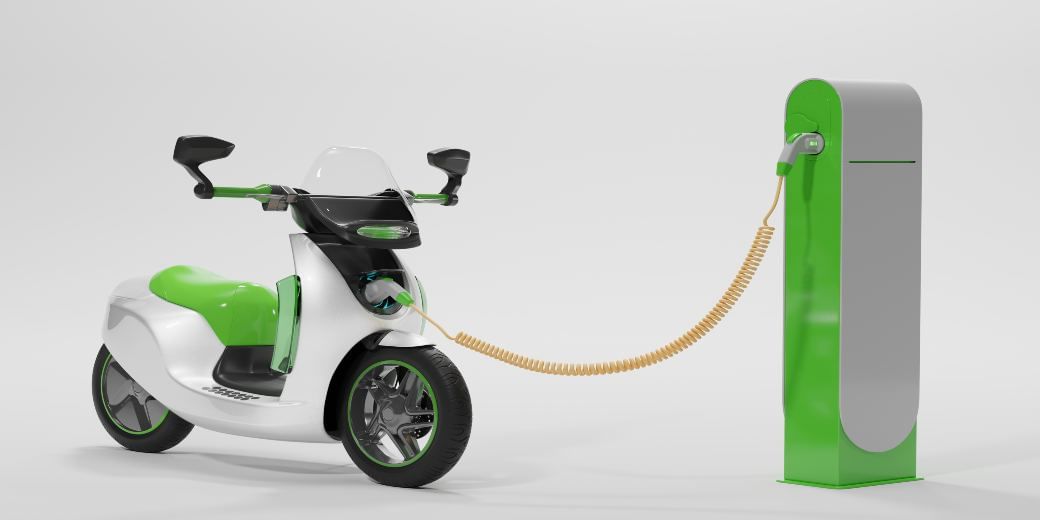Reduce price, improve offerings to realise EV market potential by 2030, says report
To realise the $100 billion revenue dream, the country’s EV market needs to grow more than 10 times in volume in the coming six to seven years

If the electric vehicle market in India is to realise its full potential, it has to find ways to reduce price to the level of comfort to the potential customer, Bain & Co said on December 6. It emphasised the point while unveiling a report on the sector in association with Blume Ventures which is an early-stage venture capital firm.
A year ago, in December 2022, Bain & Co made a forecast that the electric vehicle market presented a $100 billion market in the country including battery, components and manufacturing of vehicles. This potential could be realised by 2030. It also projected that a revenue between $76 billion and $100 billion could offer profits between $8 billion and $11 billion.
The latest report said that to realise the $100 billion revenue dream, the country’s EV market needs to grow more than 10 times in volume in the coming six to seven years.
Now it has said product development in the entry and mid-segment is a crucial factor on which the extent of adoption of electric vehicles in the country depends. This has to be coupled with India with the proliferation of charging infrastructure for electric vehicles, The Economic Times said in a report, quoting Bain & Co.
The other boxes to be ticked for development of this market included distribution, customer segment prioritisation and software development.
“There will be a lot of play in the mid-segment of EVs, not to say that premium won’t continue to grow, but there will be a spectrum of offerings that will make it important for dealerships to re-strategise on display, sales and monetising. And this is where D2C delivery will also start becoming important,” Mahadevan Seetharaman, partner in Bain & Company, told the newspaper.
The electric vehicle market in the country recorded new investments in the past two years. The report stated that between 2021 and 2022, about $3-4 billion of capital was raised. The companies behind these investments were Mahindra, Tata, Ola, Ather etc.
The report unveiled on December 6 stated, “Over time product development in the mid-segment will be complemented by scaled domestic manufacturing and falling battery prices, which will further help accelerate penetration.”
In the first half of this year, sales of electric two-wheelers suffered quick decline following the Centre’s rollback of FAME-II (Faster Adoption of Manufacturing of Electric Vehicles) subsidies. The prices, too, shot up after the withdrawal of subsidies.
But things now seem to be looking up. In November Ather Energy, an electric two-wheeler maker, announced that it would introduce a new family scooter early next year. The company’s CEO said the new vehicle would provide more space and comfort even when it would serve as the entry-level model.
The top EV maker, Tata Motors, announced in September that it would create a different sales network for its passenger vehicles in the EV segment. The work would begin in FY24 itself.
“OEMs will need a deep understanding of customer segments to build EVs that meet their needs, especially with respect to range and performance. In addition, for better economics, OEMs may need to reduce ‘nice to have’ features from existing premium models when subsidies expire,” the Bain report mentioned.
“While EVs have already achieved 40% penetration in the premium scooter segment, the dominant mass/ economy segment – constituting about 75% of the market – is largely untapped,” said the report indirectly pointing to the gaps in the product offerings in this segment.
In the 3W cargo category, the report mentioned that penetration is low at about 20% because prices are higher by about 30%. It is ironical since existing EV options offer better total cost of ownership and higher payload capacities than traditional internal combustion engine models, it said.
Entry-level models could work wonders in this segment, it mentioned.
There is a lot of scope for improvement in the 4W EV market. Electric cars are about 50% more expensive and have 50%–60% lower range compared to internal combustion engine models, it said. Their engine power, too, is 30% less. These are all disincentives for the potential customer.
“For example, the Tata Tiago EV costs Rs 8.7 lakh, has a range of about 250 kilometres, and about 60 brake horsepower, as compared to the Tata Tiago ICE which costs about Rs 5.6 lakh but has a range of over 600 kilometers and about 85 brake horsepower,” the report mentioned.